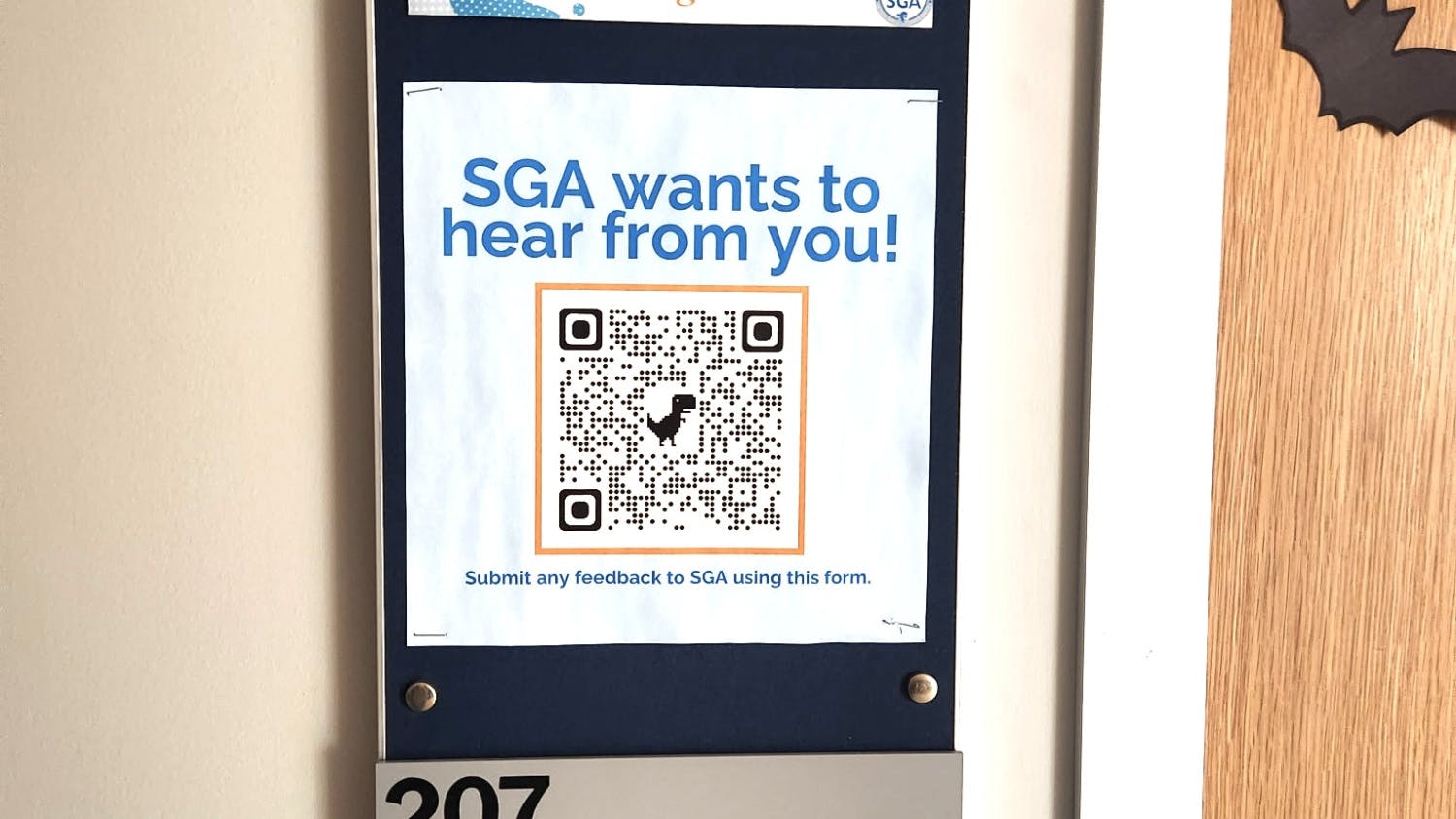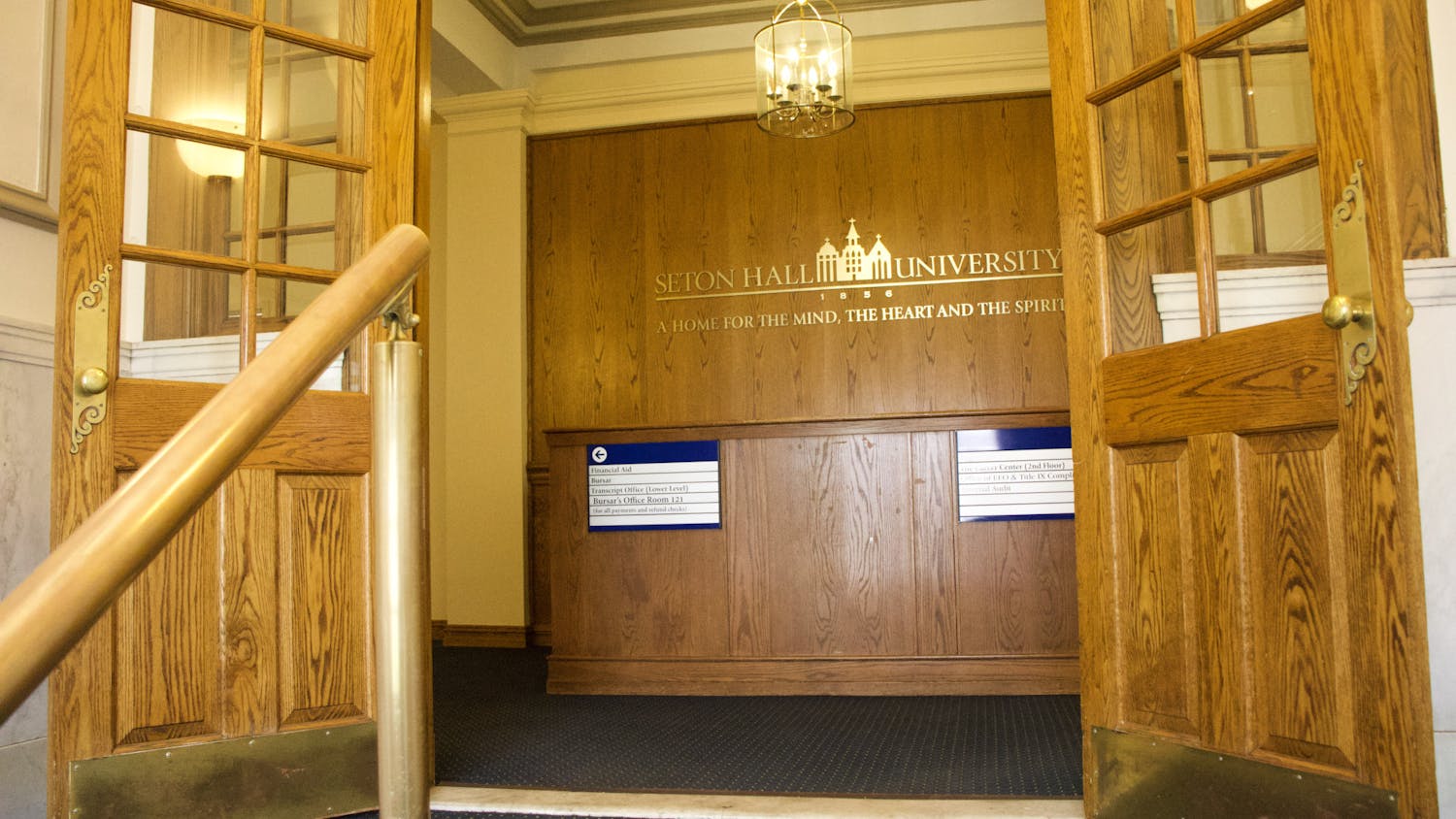South Orange Village has published its master plan, a long-term planning document which will determine the future development of the Township, as well as the Village’s relationship with Seton Hall.
The plan, developed in conjunction with Newark-based planning firm Topology, includes many recommendations for land use changes including new open space, rezoning and bicycle infrastructure.
“This has been a master plan of epic proportions,” Village President Sheena Collum said at a presentation on Jan. 14. “We want to make sure we have a plan in place that can withstand the test of time, that reflects the values of our unique village.”
South Orange has not created a master plan since 1978, according to Collum.
William Kurzenberger, a project planner with Topology, said that while the plan’s specific details are not binding, it sets the course of the Village’s future development goals.
“A Master Plan outlines a vision for a community and the steps that are needed to attain that vision,” Kurzenberger said. “It’s also an important tool for prioritizing investments, solving existing problems, and for attracting more resources into the community.”
The plan identifies a greater need for pedestrian infrastructure, traffic reduction, and expansion of affordable housing.
The University is mentioned throughout the plan, which identifies a need for greater integration between the Village and Seton Hall.
“[Seton Hall’s] campus is fenced off from the Village along the entirety of [its] street frontage, discouraging street activity along South Orange Avenue,” the plan says. “Residents frequently cited these features as both a physical and symbolic barrier to their envisioned town/gown relationship. Many cite this as a missed opportunity for economic development in the downtown and a constraint on the students’ experience.”
The plan further outlined tensions between students and locals with regards to housing in the Seton Village neighborhood located along Irvington Ave.
“The student population’s housing needs has resulted in some residential property owners adapting their single-family residential properties to provide student housing,” the plan said. “Several neighbors have complained of illegal conversions and over-crowding. The Village is taking proactive steps to enforce applicable regulations while simultaneously proactively seeking to accommodate students in appropriate locations with suitable accommodations.”
The plan proposes that future University development work to integrate the campus with the business district along Irvington Avenue.
“Residents at engagement events specifically proposed that development affiliated with Seton Hall be located in Irvington Avenue’s commercial district. These residents believed that the district’s proximity to the university made a university bookstore or university offices a logical potential anchor for the area.”
The University currently has no public plans to expand into this neighborhood, instead planning to build a new off-campus dorm at the current site of Turrell Manor.
The plan called current University properties in South Orange “incongruous” with the Village’s historic character.
“Observations made in the field found that institutional actors were less mindful of protecting the character of the historic buildings they occupied. This is particularly true of Seton Hall University,” the plan said. “Generally, [Seton Hall’s] buildings have an inordinate amount of parking and are set apart from adjacent residential properties by fences and other accessory structures, which detract from the historic character of these neighborhoods.”
To remedy this, the plan proposes imposing new design standards on the University.
The plan hopes to “introduce new standards to the University Zone that are sensitive to the adjacent residential neighborhoods, including more landscaping, a lower maximum fence height and elements at university gates that encourage interaction with the street.”
University spokesperson Laurie Pine said the University was in regular contact with Village officials about the master plan.
“We… look forward to continuing discussions about the ways we can build upon existing town-gown relationship in mutually beneficial ways,” Pine said in a statement Monday.
Among the most significant land use proposals outlined by the plan are two potential redesigns of the village center, both of which would replace the existing Sloan Street parking lot across from South Orange Station.

Scenario A would place a “village green” at the site, in a plan which would also see Spiotta Park replaced by a new development, while Scenario B would create a pedestrianized plaza parallel to the station. Both plans would relocate parking to a multi-level parking deck behind the fire station.

The plan also calls for a broader construction of bike lanes throughout the Village, including on South Orange Avenue and Irvington Avenue, pending a more comprehensive review of bike infrastructure needs.
One redesign proposed by the plan centers around the intersection of Center Street and South Orange Ave, by the main entrance to Seton Hall’s South Orange campus, where two people — one Seton Hall student and one crossing guard — were struck by cars in Sept. 2019.

The Village Planning Board will conduct formal hearings to approve the plan after the public comment period ends on Feb. 1. The full plan can be seen on the South Orange Master Plan website, where residents can give feedback.
Daniel O’Connor can be reached at daniel.oconnor1@student.shu.edu. Find him on Twitter @itsDanOConnor.





